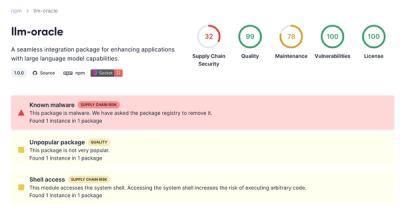
Drag and drop so simple it hurts
Official Angular wrapper for dragula.
Demo

Try out the demo!
Install
You can get it on npm.
npm install angularjs-dragula --save
Or bower, too.
bower install angularjs-dragula --save
Setup
You'll need to pass in angularDragula to your module when booting up your application. angularjs-dragula takes your angular instance and uses it to register its own module, service, and directive.
var angular = require('angular');
var angularDragula = require('angularjs-dragula');
var app = angular.module('my-app', [angularDragula(angular)]);
Usage
This package isn't very different from dragula itself. I'll mark the differences here, but please refer to the documentation for dragula if you need to learn more about dragula itself.
Directive
There's a dragula directive (as seen in the demo) that allows you to group containers together, as long as they belong to the same scope. That grouping of containers is called a bag.
<div dragula='"bag-one"'></div>
<div dragula='"bag-one"'></div>
<div dragula='"bag-two"'></div>
dragula-scope
ng-repeat creates a new isolate scope, which can sometimes cause issues with dragging between a bag with multiple containers. To avoid this you can pass in the scope you want the bag to be stored on (and fire events on) by setting the dragula-scope directive on the bag element.
<ul ng-controller="ItemsController">
<li ng-repeat="item in items" dragula='"bag-one"' dragula-scope="$parent"></li>
</ul>
dragula-model
If your ng-repeat is compiled from array, you may wish to have it synced. For that purpose you need to provide model by setting the dragula-model attribute on the bag element
<ul ng-controller="ItemsController">
<li ng-repeat="item in items" dragula='"bag-one"' dragula-model="items"></li>
</ul>
The standard drop event is fired before the model is synced. For that purpose you need to use the drop-model event. The same behavior exists in the remove event. Therefore is the remove-model event. Further details are available under Events
drake options
If you need to configure the drake (there's only one drake per bag), you'll have to use the dragulaService.
app.controller('ExampleCtrl', ['$scope', 'dragulaService',
function ($scope, dragulaService) {
dragulaService.options($scope, 'third-bag', {
removeOnSpill: true
});
}
]);
Events
Whenever a drake instance created with the dragula directive emits an event, that event is replicated on the Angular $scope where the drake has an associated bag, and prefixed with the name on its bag.
<div dragula='"evented-bag"'></div>
app.controller('ExampleCtrl', ['$scope', function ($scope) {
$scope
.$on('evented-bag.over', function (e, el) {
el.addClass('over');
})
.$on('evented-bag.out', function (e, el) {
el.removeClass('over');
});
]);
Note that these derived events don't expose the DOM elements directly. The elements get wrapped in angular.element calls.
Special Events for angularjs-dragula
| Event Name | Listener Arguments | Event Description |
|---|
| drop-model | el, target, source | same as normal drop, but model was synced, just available with the use of dragula-model |
| remove-model | el, container | same as normal remove, but model was synced, just available with the use of dragula-model |
dragulaService
This service exposes a few different methods with which you can interact with dragula in the Angular way.
dragulaService.add(scope, name, drake)
Creates a bag scoped under scope and identified by name. You should provide the entire drake instance. Typically, the directive takes care of this step.
dragulaService.options(scope, name, options)
Sets the options used to instantiate a drake. Refer to the documentation for dragula to learn more about the options themselves.
dragulaService.find(scope, name)
Returns the bag for a drake instance. Contains the following properties.
name is the name that identifies the bag under scopedrake is the raw drake instance itself
dragulaService.destroy(scope, name)
Destroys a drake instance named name scoped under scope.
License
MIT





